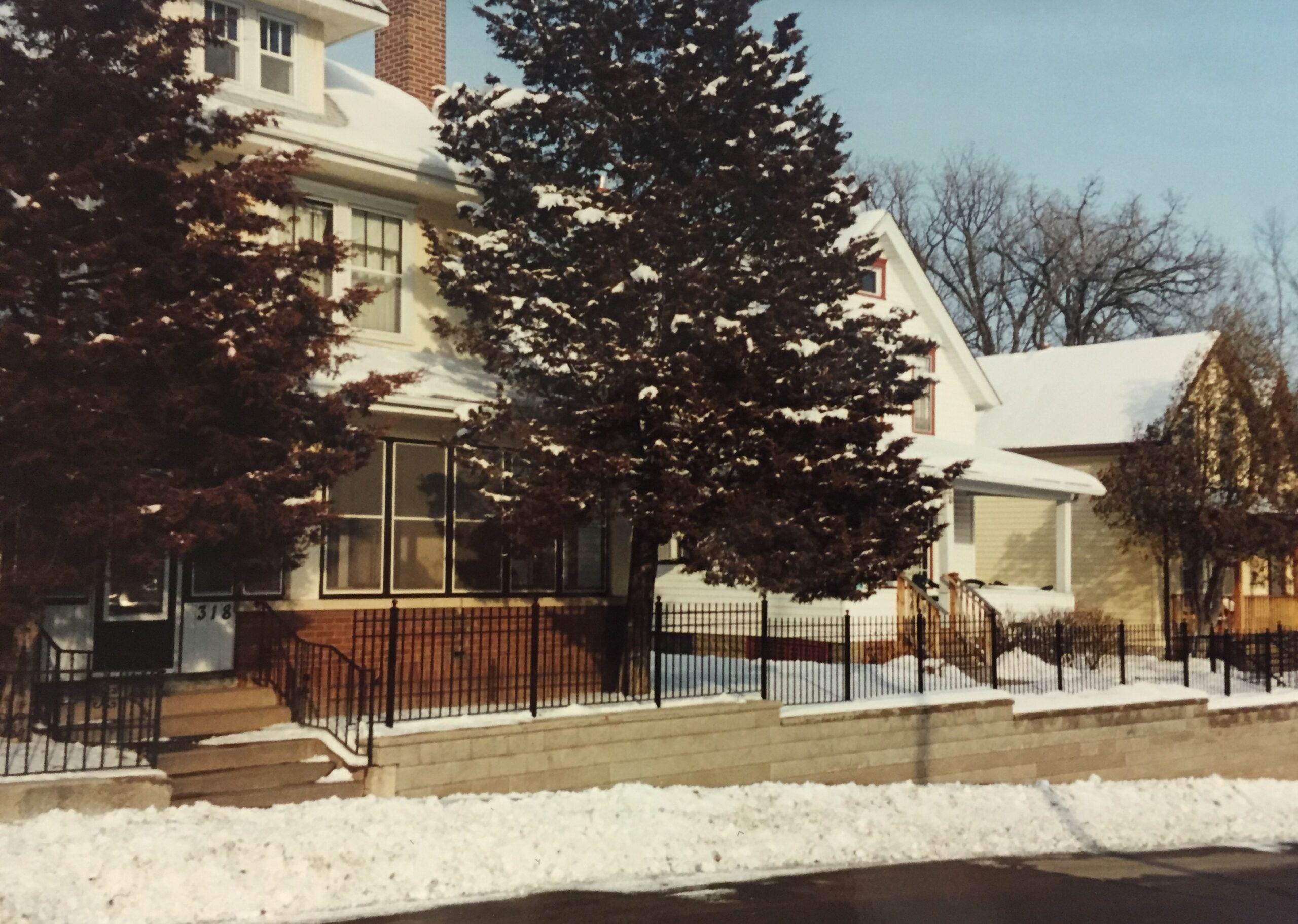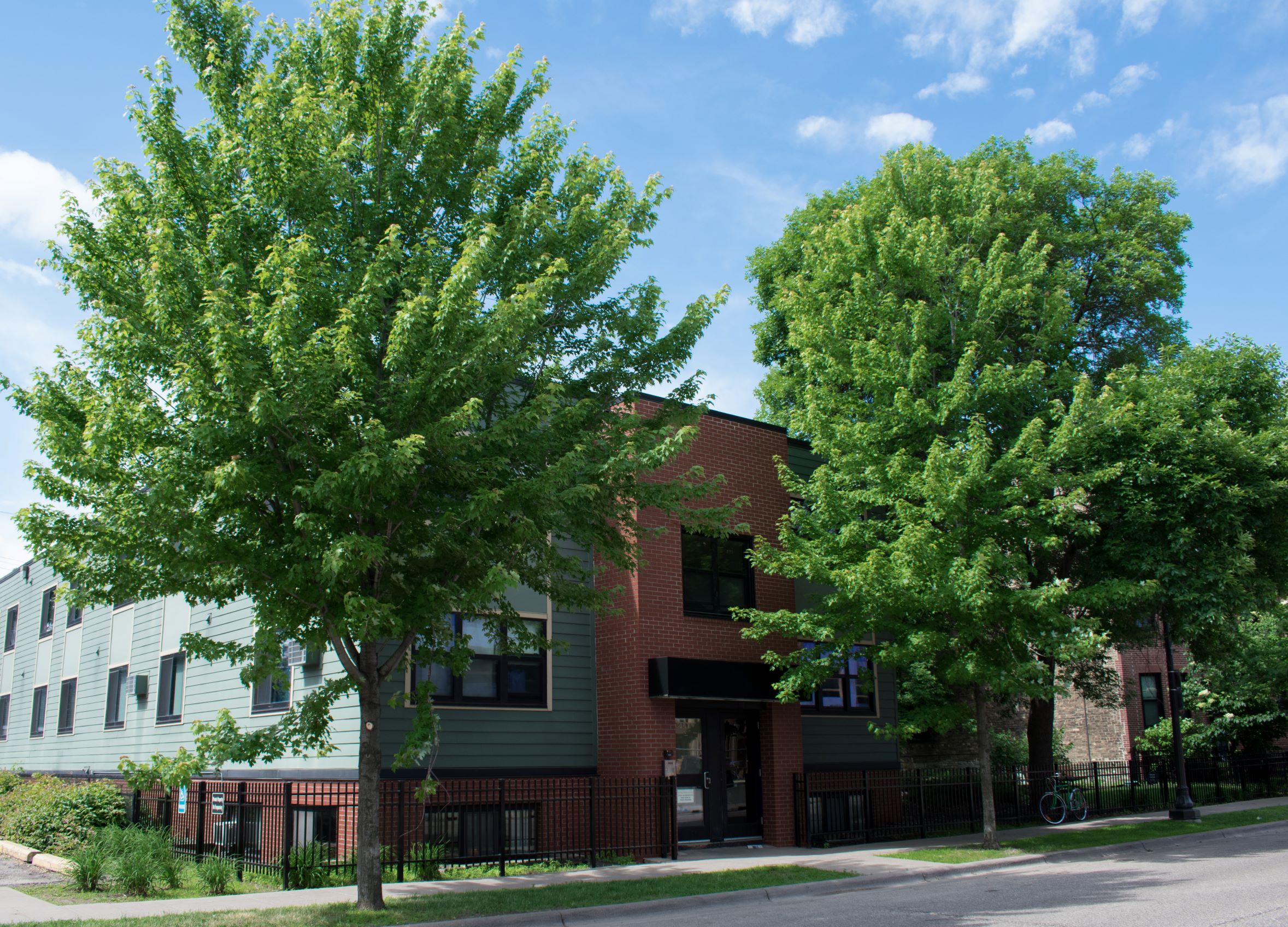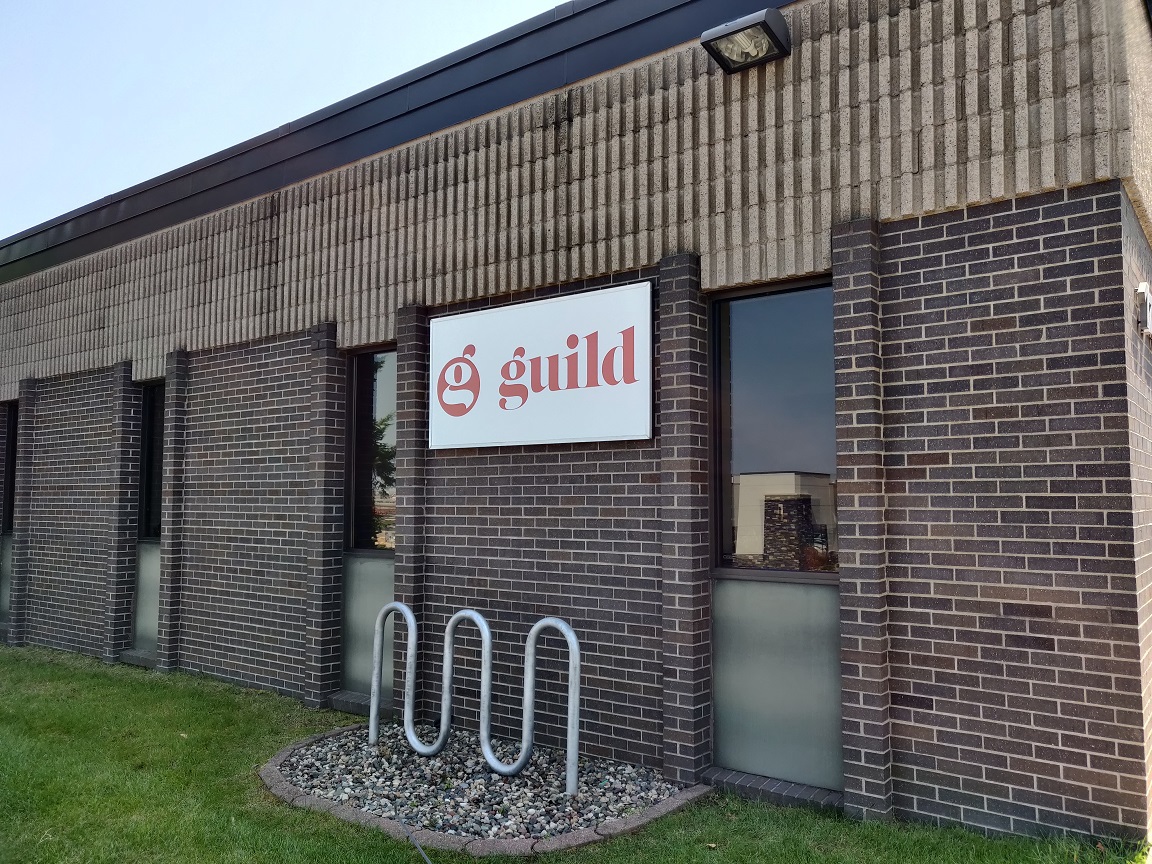2020 marks 30 years of Guild being at the forefront of reform and innovation in mental health, housing, and employment services.
Guild’s history began in the 1970s when the Guild of Catholic Women (GCW) took on patients that were discharged from Hasting State Hospital with nowhere to go. The GCW used their Guild Hall facility as a place to house and provide services to these clients with serious mental illness. In 1990, the GCW made Guild into a separate organization, called Guild Incorporated.

The Guild of Catholic Women.
Since the early days, Guild has striven to provide innovative services. To us, that means bringing new solutions to the table. It means using our experience in the field to develop new ideas that put our clients first.
Community-Based Mental Health Treatment
In the 1980s, people living with serious mental illnesses were invited to join in on conversations about mental health treatment. They increasingly voiced that they preferred living independently in their own communities rather than living in a hospital or other shared living place for individuals with a mental illness. They wanted to live their own lives and make their own choices while receiving support.
Guild listened and moved towards this person-centered model of mental health treatment. In 1994, we began moving clients out of Guild Hall residential facility and into the community. Supportive Housing Services, a new program, played an important part in this. Staff made sure that clients moving out of Guild Hall were connected to follow-up mental health services so they could successfully live independently.
In 1998 Guild launched the Jade Team to help divert people from involuntary commitment to a mental health hospital. “To even consider helping people avoid commitment was almost unheard of at the time,” says Julie G., Director of Integrated Services. The Jade Team worked with clients to create treatment plans of their choosing, connecting them to services that would help stabilize their mental health.

Guild South and Maureen’s House, 1999.
Guild’s innovations lie not only in the use of new models of care, but also in our milestones. Maureen’s House, a facility next to the existing residential treatment center Guild South, was established in 2001. It was the first “non-hospital, community-based residential psychiatric service” in Dakota County. In 2020, we opened the first residential treatment facility to be built in Scott County.

The new Guild Crisis and Recovery Center, Scott County.
Housing First
By the early 2000s, our staff knew that housing was an important part of mental health. We had been using the Housing First approach in our Housing Support Services since the ‘90s, which helped people with serious mental illness keep their housing. In 2001, Delancey Services was launched, incorporating the Housing First approach. It was our first program geared toward helping individuals who were homeless.
Whereas past models of solving homelessness required individuals to go through a longer process before the possibility of getting housing, the Housing First model places finding housing as the first priority for an individual who is homeless. The individual does not have to pass tests or prove they are “ready for housing.” This model relies on the idea that an individual’s barriers drastically decrease once they are no longer homeless. It’s also based on the belief that all people have a right to housing, no matter what. This model was developed in the late 1980s and was implemented by Guild soon after.
In 2009, Guild opened Delancey Apartments. Delancey Apartments is supportive housing for individuals experiencing chronic homelessness. It’s unique because individuals can stay there for an unlimited amount of time. Delancey Apartments prioritizes getting and keeping its residents housed, so they can address other aspects of their lives.

Delancey Apartments.
Employment Services
Guild’s Employment Services were launched in 1994. In 2006, Guild was chosen as one of four organizations in Minnesota to use the new model of Supported Employment. The Supported Employment model was developed with the goal of helping people with mental illness or disabilities find and keep jobs.
Today, Guild’s Employment Services use the Individual Placement and Support (IPS) model, a type of supported employment. The IPS model emphasizes individual choice, competitive employment, and ongoing support. IPS is still a fairly new evidence-based approach, with community mental health centers first using it in the early 2000s.
Our Employment Services continue to innovate. In 2019, Guild launched Youth Employment and Education Services to help individuals ages 16-24 find, get, and keep jobs, and thrive in educational experiences.

The Guild Community Support Program Member Center (CSP) with our new logo.
Looking to the Future
For Guild’s rich 30-year history, we have continued to be at the forefront of change and innovation. e. Adapting to new ideas and practices fuels our ability to find methods of care that put our clients first. We look forward to all that we can accomplish in the next 30 years.
Sources:
Housing First in Permanent Supportive Housing, Department of Housing and Urban Development.
The History of Housing First for Families, Partnering for Change.
One History of Service: The Guild of Catholic Women and Guild Incorporated, Ramsey County Historical Society.
What is Supported Employment, Integrity Inc.
Growth and Sustainment of Individual Placement and Support, Psychiatry Online.
What is IPS?, The IPS Employment Center.

